
Introduction
Wolf photography is an exhilarating and captivating genre that allows photographers to capture the beauty and essence of these majestic creatures. Wolves have long been a symbol of strength, intelligence, and mystique, making them a fascinating subject for photographers. In this article, we will explore the art of wolf photography and provide some tips and techniques to help you capture stunning images of these incredible animals.
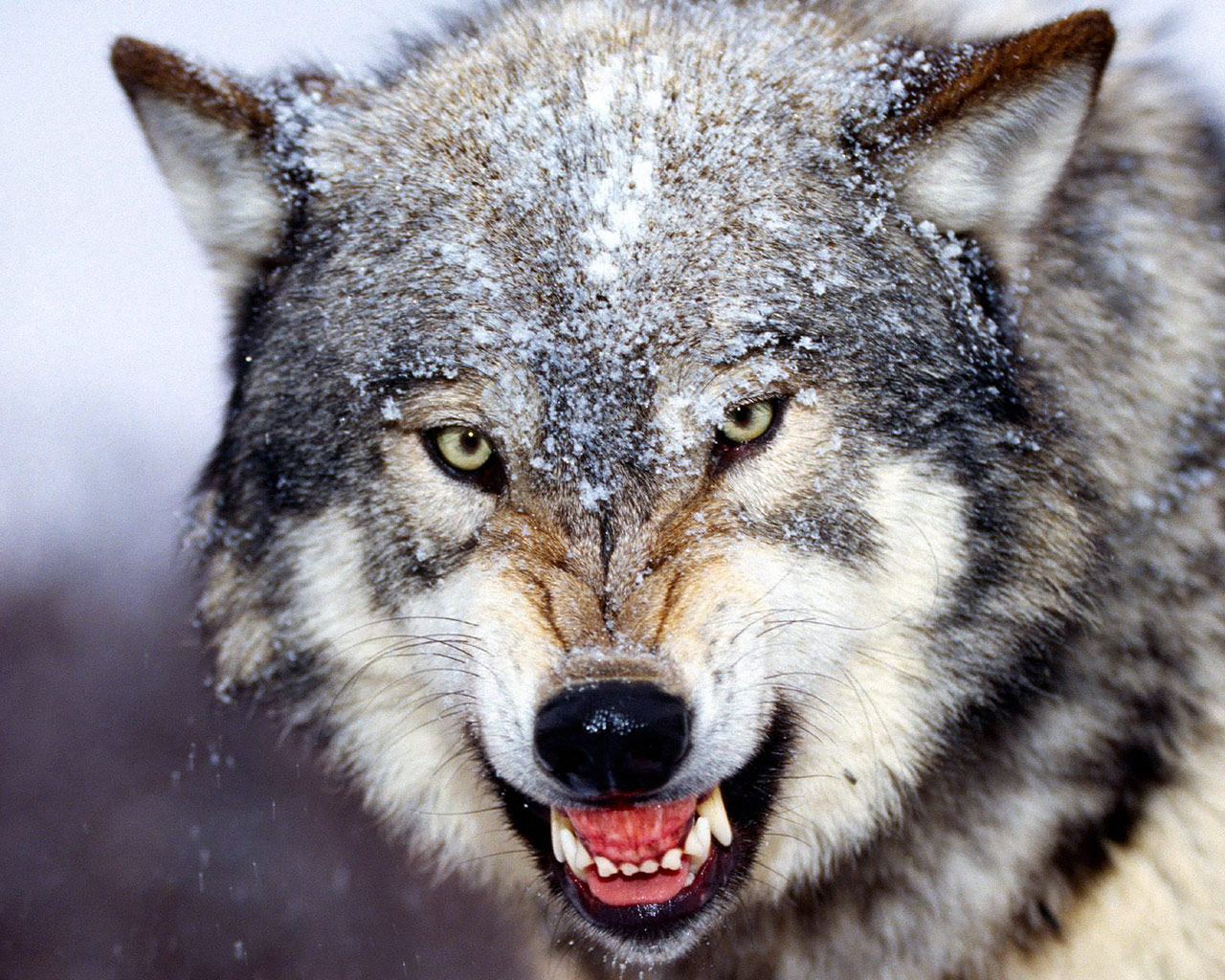
Understanding Wolves
Before diving into the world of wolf photography, it is essential to have a basic understanding of these creatures. Wolves are highly social animals that live in packs led by an alpha male and female. They are known for their keen hunting skills, communication through howling, and tight-knit family bonds. By learning about their behavior and habits, you can better anticipate their movements and capture more compelling photographs.
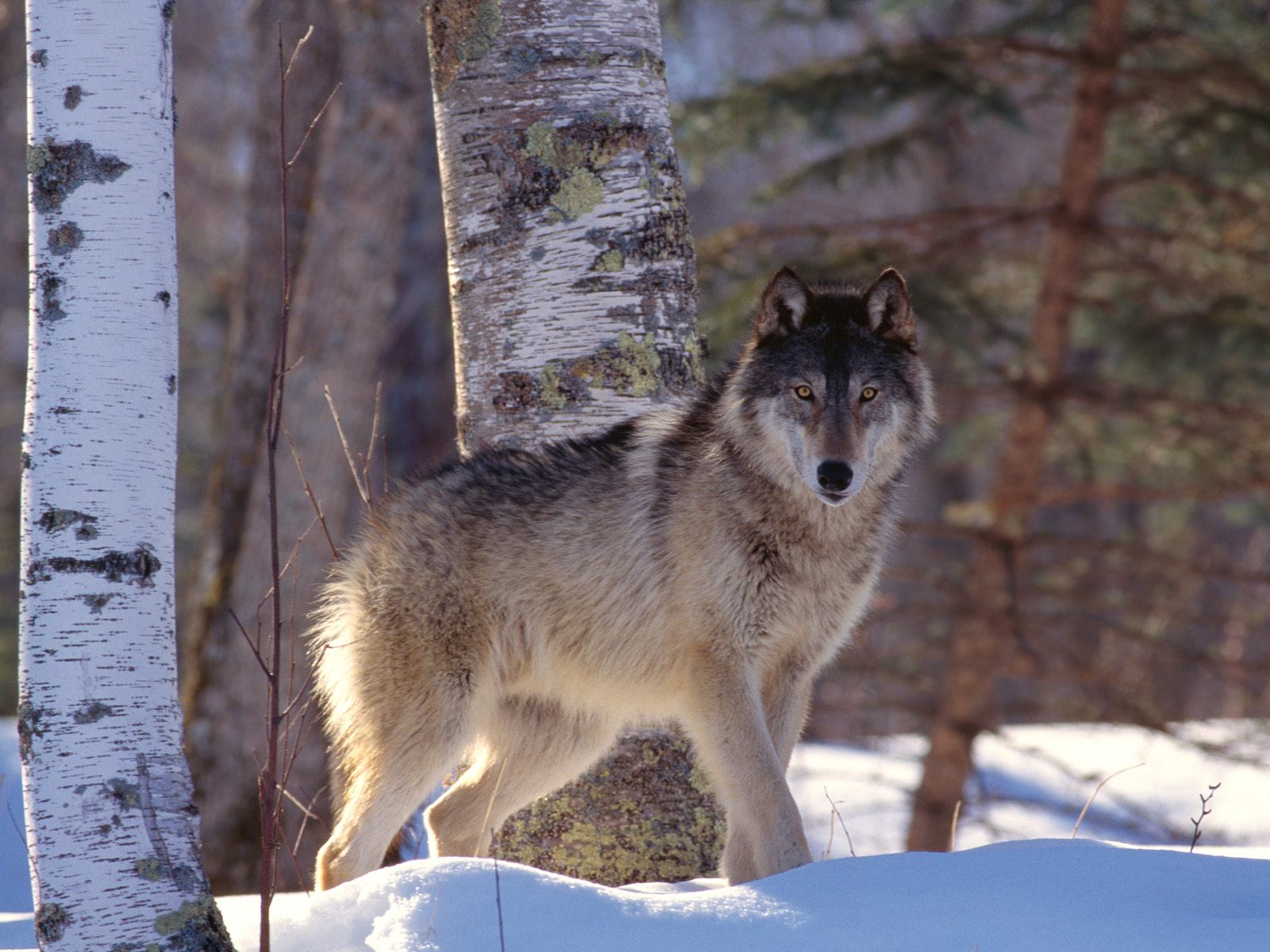
Choosing the Right Gear
When it comes to wolf photography, having the right gear is crucial. A telephoto lens with a long focal length is essential to capture detailed shots of wolves from a safe distance. This allows you to capture their expressions, intricate fur patterns, and unique features without disturbing their natural behavior. Additionally, a sturdy tripod and a camera with fast autofocus will help you achieve sharp and well-focused images.

Location and Timing
Choosing the right location and timing can greatly enhance your chances of capturing breathtaking wolf photographs. Researching and identifying areas where wolves are known to inhabit or frequent is essential. National parks, wildlife reserves, and remote regions with dense forest cover are often ideal locations. Additionally, planning your shoot during the golden hours of sunrise and sunset can provide soft, warm lighting that adds depth and beauty to your images.
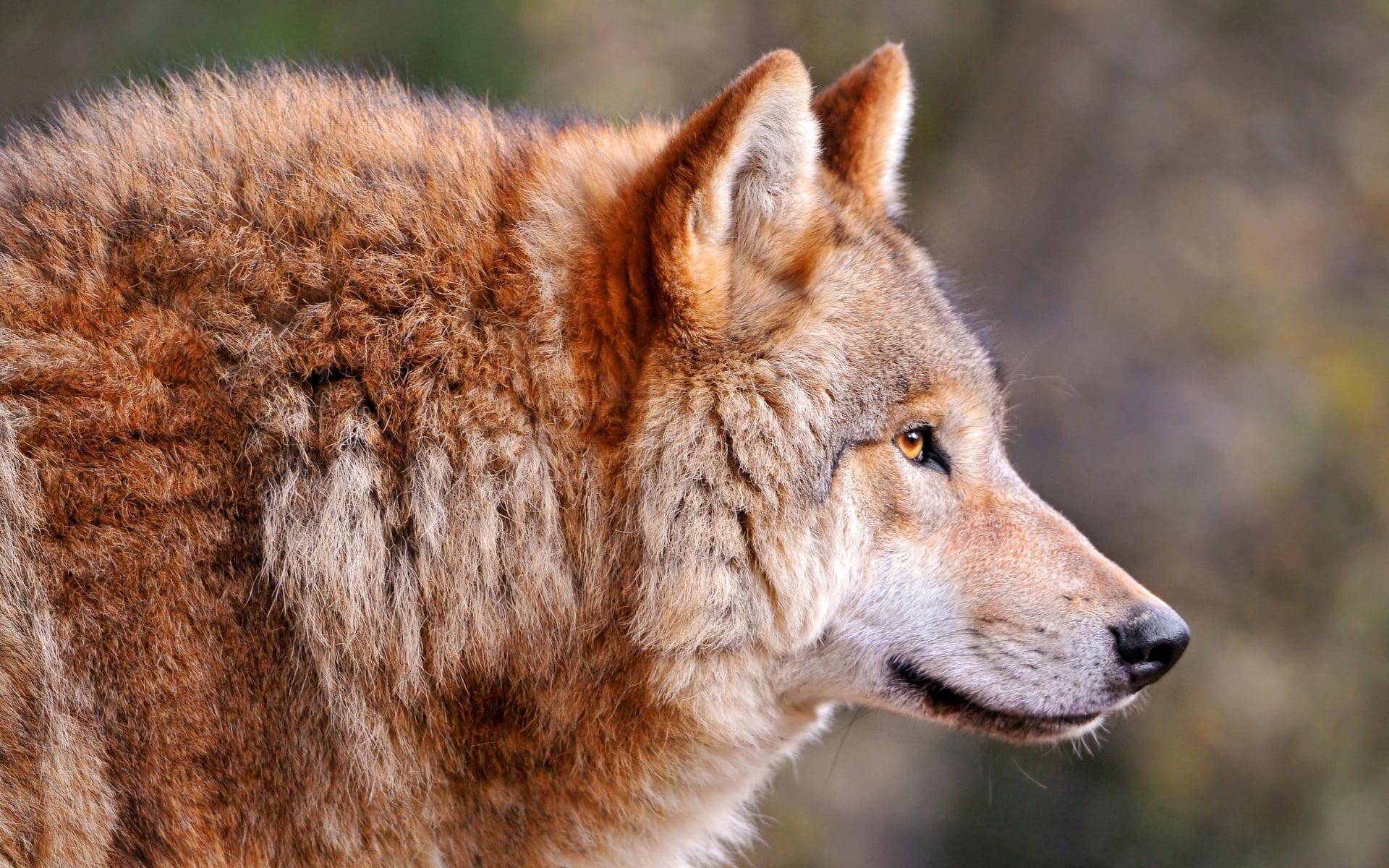
Patience and Stealth
Patience and stealth are crucial qualities for a successful wolf photographer. Wolves are naturally wary of humans, making it important to approach them cautiously and quietly. Observing from a distance and allowing them to get comfortable with your presence will lead to more authentic and natural photographs. Avoid sudden movements or loud noises that may startle or stress the wolves. Remember, capturing the perfect shot may require hours or even days of waiting.

Composition and Framing
The composition and framing of your wolf photographs play a significant role in creating visually appealing images. Consider the rule of thirds, leading lines, and negative space to create a balanced composition. Experiment with different angles and perspectives to capture unique shots that showcase the wolf's grace and power. Be mindful of the background and foreground elements to avoid distractions and keep the focus on the wolf.

Emphasizing the Eyes
The eyes are often referred to as the windows to the soul, and this holds true for wolf photography as well. The eyes of a wolf can convey a range of emotions and add depth to your photographs. Focus on capturing sharp and well-lit eyes that draw the viewer's attention. A catchlight, which is a reflection of light in the eyes, can bring life and sparkle to the image, making it more engaging.
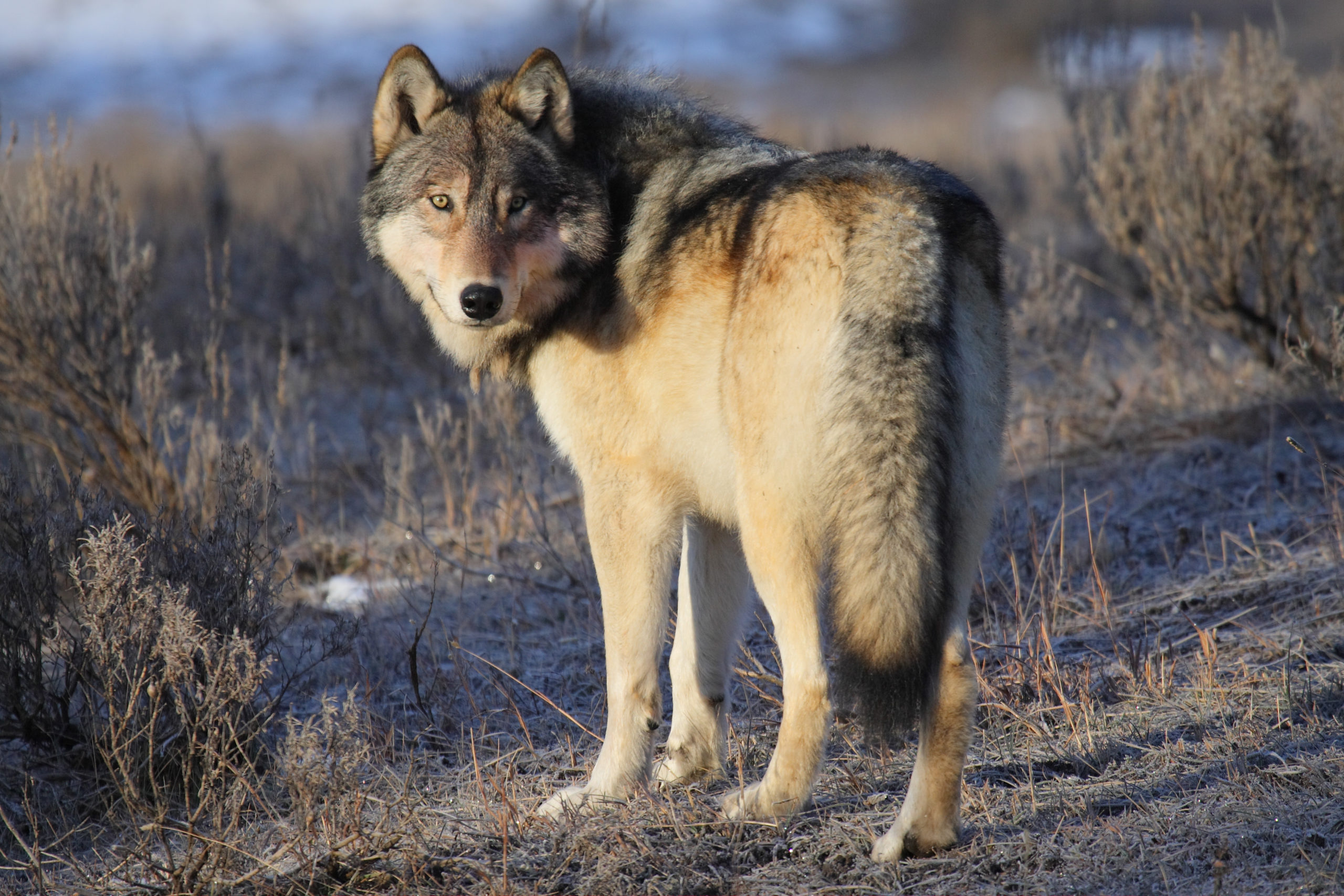
Freezing the Action
Wolves are known for their agility and swift movements. To freeze their action and capture dynamic shots, use a fast shutter speed. A shutter speed of at least 1/1000th of a second is recommended to ensure sharpness and clarity, especially when the wolves are in motion. Continuous shooting mode can also help you capture a series of images and choose the best one that showcases the action.
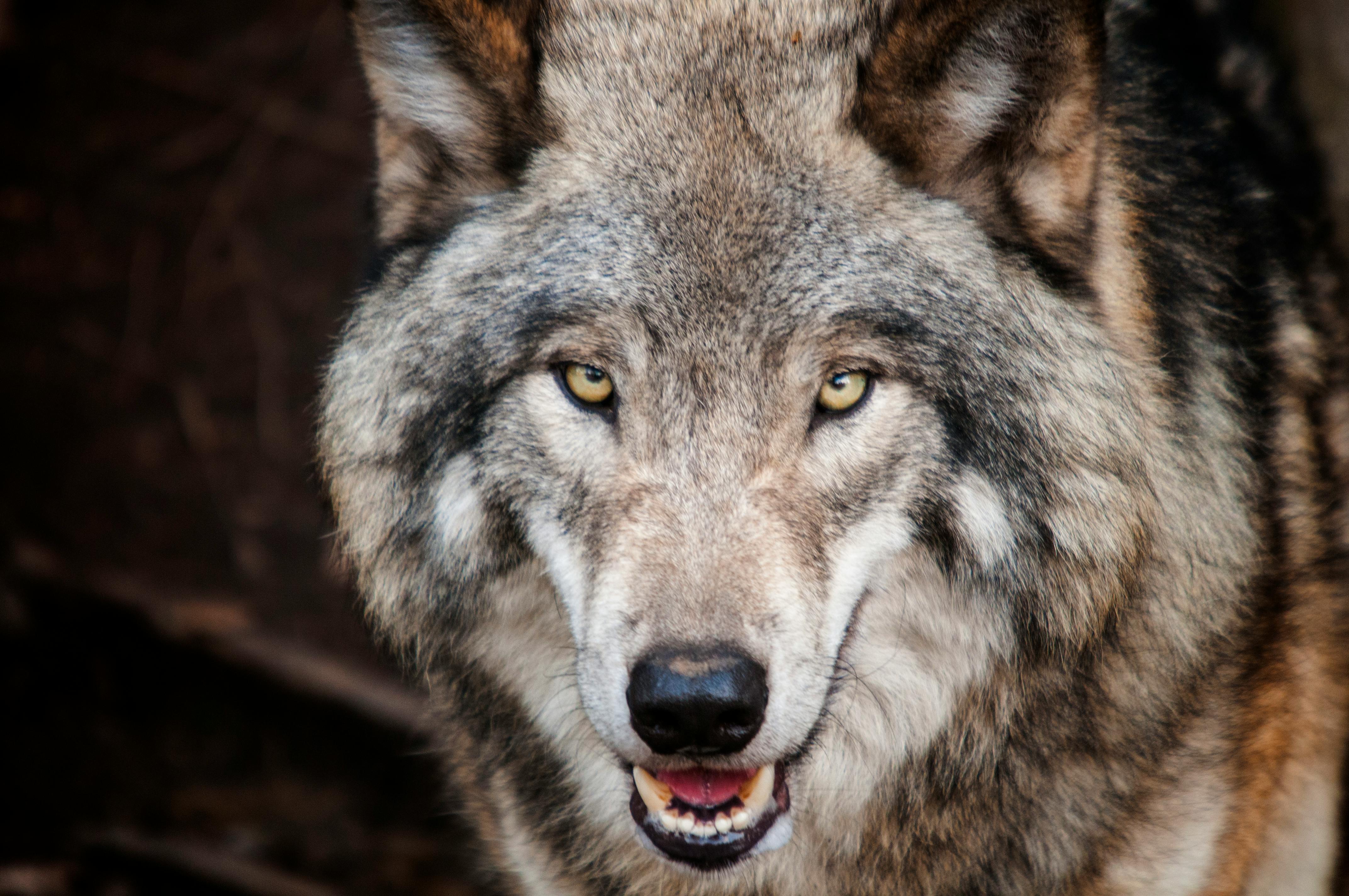
Black and White Photography
Black and white photography can add a timeless and dramatic element to your wolf images. Wolves have striking black and white fur patterns, which translate beautifully into monochrome photographs. Experiment with converting your images to black and white during post-processing to emphasize the contrast and texture of the fur. This technique can evoke a sense of nostalgia and highlight the raw beauty of these creatures.
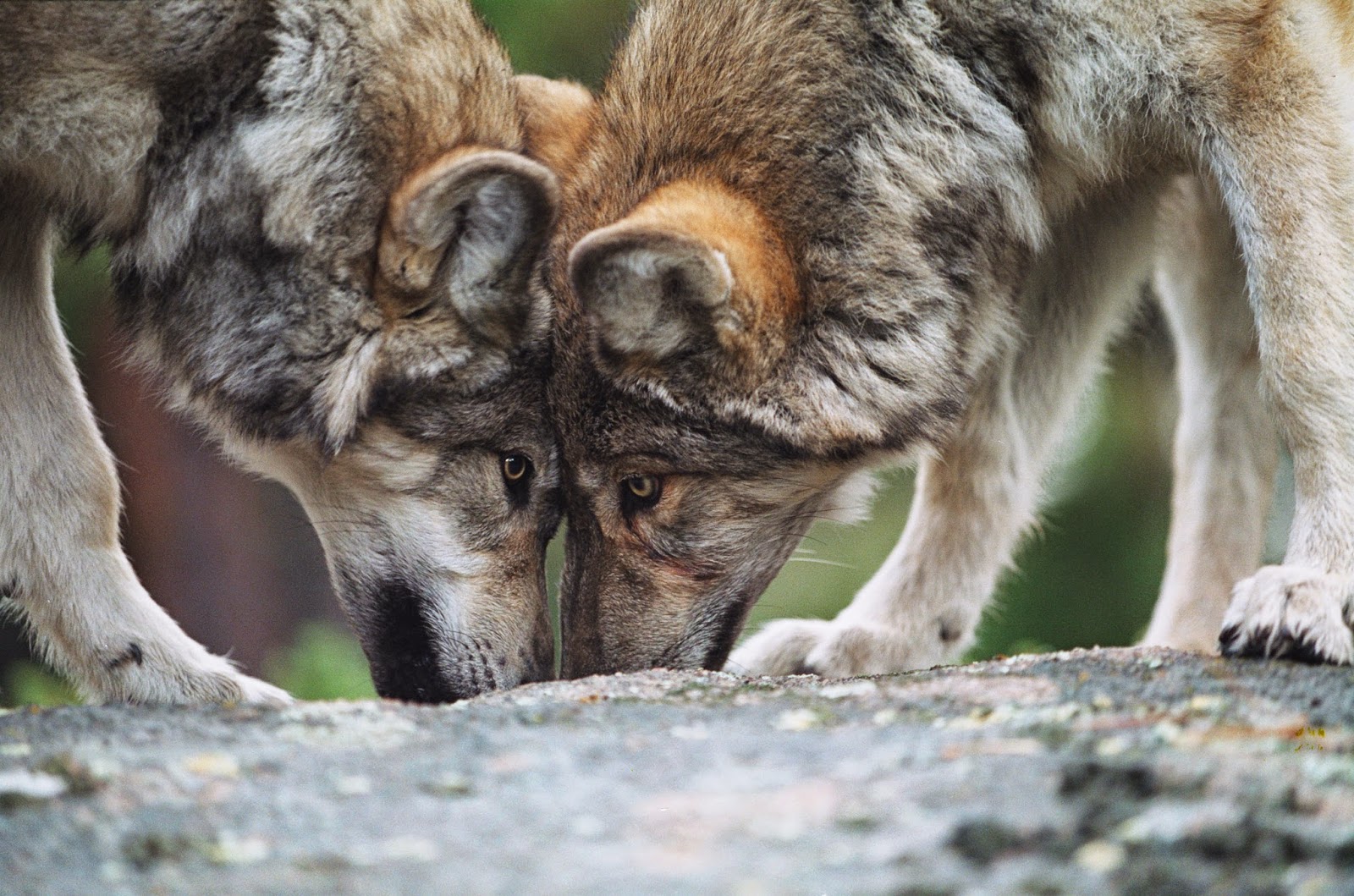
Respecting the Wildlife
As a wolf photographer, it is essential to respect the wildlife and their natural habitat. Always prioritize the well-being and safety of the wolves over capturing the perfect shot. Keep a safe distance and avoid disrupting their behavior or habitat. Familiarize yourself with local regulations and guidelines regarding photographing wildlife to ensure you are acting responsibly and ethically.

Conclusion
Wolf photography offers a unique opportunity to capture the raw beauty and spirit of these magnificent creatures. By understanding their behavior, choosing the right gear, and employing various techniques, you can create stunning images that showcase the essence of wolves. Remember to approach your photography with patience, respect, and a deep appreciation for these incredible animals. Happy shooting!